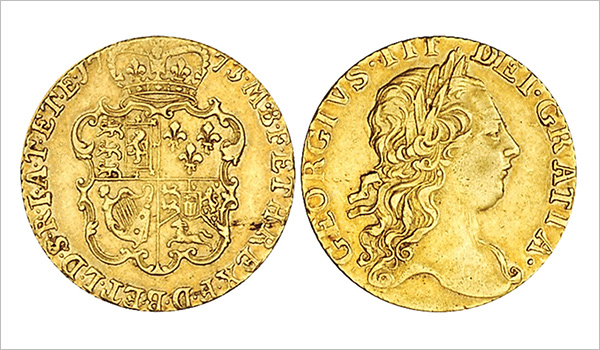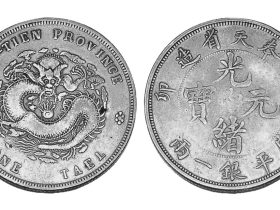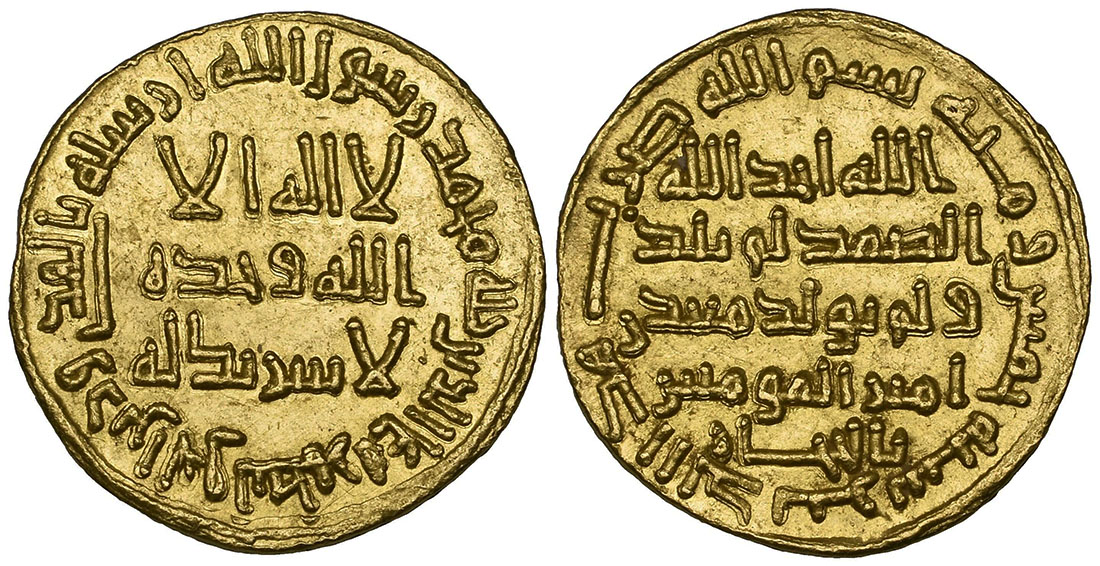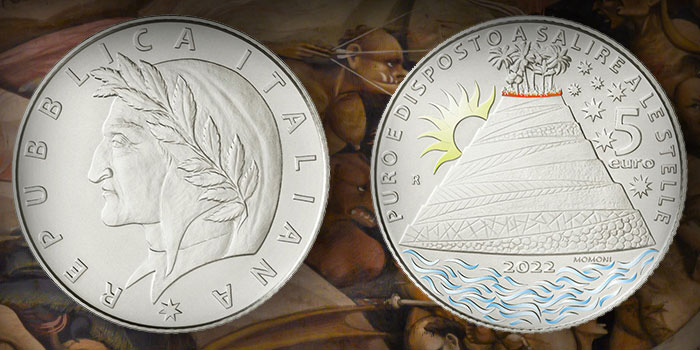The British gold coinage is as great as its name. A number of historical and modern gold coins from the United Kingdom are famed for their stunning appearance, bullion value, and numismatic significance.
Take for example the gold Sovereigns which are priced higher than their other gold coin counterparts, like gold Krugerrands and Canadian Maple Leaf gold coin, for the fact that Sovereigns are both coin collecting treasures and bullion investment vehicles.
The gold Britannias, on the other hand, are lined up with the most beautiful bullion gold world coins for their pristine quality and elegant designs.
Discover that even from the start, English coins already had the potential of greatness in modern numismatics.
In this article you will learn how UK gold coinage has evolved through time.
1.) Florin English gold coins
The first English coin made of gold was called the Florin. It is based from a popular coin minted from Florence, Italy. Florins were produced in August 1344 during the reign of King Edward III in the attempt of producing gold coinage.
Also known as the Double Leopard, this gold coin bore on its obverse side the image of the enthroned king between two leopard heads. The reverse of the coin features the Royal Cross within a quatrefoil (a representation of flower with four petals used in heraldry or coats of arms) with a leopard in each spandrel (the space between each arc of the quatrefoil).
Within only a few months, the English Florin was withdrawn from circulation. They were not acceptable to merchants because of the overvalued gold content. Consequently, the old British gold coins were melted down to produce new types of coins.
Today, the Florins are among the rarest British coins with only three specimens known to exist. One example was sold for £460,000 at an auction in 2006.
2.) Noble, an old English gold coin
The gold coins Noble were produced still in 1344 after the Florin coins under Edward III’s reign. These are the first English gold coins to be produced in larger quantities. Noble coins remained in circulation until 1465 before they were replaced with the Ryal gold coin.
Noble coins had varied designs according to when and where the coins were minted.
The most distinctive coin design is the image of the king on a ship holding a sword and a shield featured on the obverse side. The reverse bore the Royal Cross within a tressure (the inner border on heraldic shield).
3.) British gold coins Ryal
The Ryal is the first coinage issued by King Edward IV with a value of 10 shillings (an old British unit of currency) weighing 120 grains.
Also referred to as the Rose-Noble gold coin, it bore the design similar to the Noble coins preceding it but with an image of a rose on the ship. In 1553, the value of the old coin Ryal was increased to 15 shillings.
4.) Angel coin
The Angel coin was first used in France where it was known as Ange or Angelot. In 1465, it was introduced by Edward IV in England naming it as Angel-noble, a new issue of Noble English gold coins.
The Angel coins are among the most popular coins in the history of British coinage especially during later and post-Medieval periods.
Named after St. Michael, the coin bears the image of the archangel trampling a dragon which represents the devil. Because of this design and the Latin legend which means “Through Thy cross save us, Christ Redeemer” on the coin’s reverse side, there were speculations that the Angel-noble coins were used in healing ceremonies.
These, however, were never proven. The Angel gold coins were minted until around 1664.
5.) British sovereign gold coin
The first British Sovereign coins were issued in 1489 by Henry VII. The Sovereign is a gold coin which had a value of 20 shillings. Though having a nominal or face value, it was more used as an official bullion coin. The coinage of the sovereigns was stopped in 1604 and was started again in 1817.
The first design of the British gold Sovereigns was an image of the king seated on a throne. It is in the majesty of this portrait that the coin got its name Sovereign. On the reverse side of the gold coin is a shield featuring the royal arms on a large double Tudor rose.
A half-sovereign was introduced in 1509 during the reign of Henry VIII and in 1526 the value of the British gold coin was increased to 22 shillings from 20 shillings.
Production of the gold Sovereign continued until the early coinage of James I from 1603 to 1604. Not long after, the Sovereign was replaced with lighter gold coin money called Unite. About 115 years later, issues of sovereign were produced again. The most recent British Sovereign gold coins were produced in the year 2000 onwards.
Value of UK Sovereign coins
The gold Sovereigns are usually priced higher than the other gold bullion coins in the coin market. This is because of higher costs spent in producing the British bullion coins and because it is both a bullion and numismatic coin. In other words, unlike many bullion coins, the British gold Sovereign is in demand both among collectors and coin investors.
6.) Old English gold coin, Unites
The early English gold coin Unite was minted under the rule of James I in 1604. This coin was called Unite to denote that King James was now ruling a unified realm – Scotland and England.
The Unites were the second gold coins that are valued at 20 shillings. The obverse side of the coin bears the Latin legend Iacobus Deo Gratia Magnae Britanniae Fraciae et Hiberniae Rex which means “James by the grace of God King of Great Britain France and Ireland”.
The reverse side, on the other hand, features a crowned shield showing the arms of four countries (England, Scotland, France, and Ireland) separating the letters IR. It also bears the wording in Latin that means “I will make them one nation”.
7.) Laurel gold coin
Still during the reign of King James I, the Unite was replaced with the British gold coin called Laurel. Compared to the preceding gold Sovereign and Unites, the Laurel is of inferior quality and design. It had the value of 20 shillings like the first productions of its two recent predecessors.
The coin obverse features the bust of the king facing left and bears the same legend as the Unites.
On the reverse side is a long cross over a crowned shield that shows the arms of four countries. The legend says Faciam Eos In Gentem Unam which means “I will make them one nation”.
8.) Guinea gold coin
The first machine struck British gold coin was minted and was produced on February 6, 1663. The coin was called a Guinea which name was derived from a place in West Africa, the source of the gold used in making this British coin.
The design of the Guinea shows the bust of King Charles II facing right, wearing a laurel wreath. The reverse side features four crowned cruciform shields which bear the arms of England, Scotland, France and Ireland.
Between each cruciform is a scepter and in the center are four interlinked letter C’s surrounded by the legend that means “Of Great Britain, France, and Ireland King”.
In 1816, the gold English coin Guinea was replaced by the British Sovereign gold coin.
Gold Britannias
Britannia gold coin is an official UK bullion gold coin first issued in 1987. Like many bullion world coins, the gold Britannia is weighed at one ounce and also has half-, quarter-, and tenth-ounce issues. They are not used as legal tender, thus, the gold coin values are higher than their face values of £100, £50, £25, £10.
The name of the coin comes from the mythical figure Britannia who symbolizes the strength of Britain. Britannia is often portratyed as a beautiful young woman, wearing a centurion’s helmet, wrapped in a white garment and wielding a spear and a spiked shield. She appears on all various designs of the Britannia coin family (including silver Britannias). The Gold Britannia is among the very popular British gold coins and most beautiful bullion world gold coins.











Leave a Reply